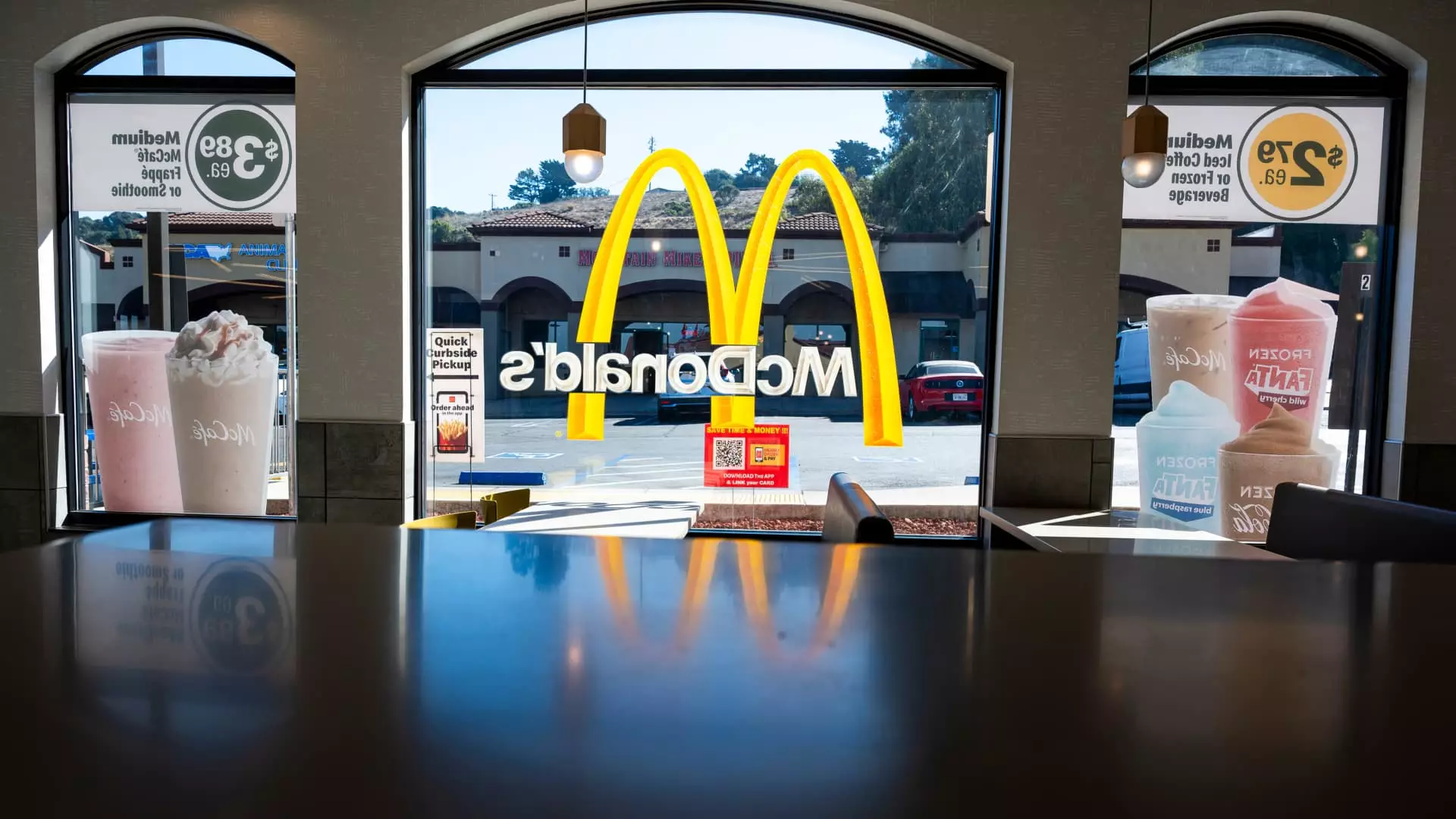The restaurant industry has endured a turbulent year, with many chains grappling with significant challenges that have shaken their foundations. Executives across the sector are cautiously optimistic as they look ahead to 2025, eager to leave the struggles of 2024 behind. At the Restaurant Finance and Development Conference held in Las Vegas, Kate Jaspon, CFO of Inspire Brands, parent company of Dunkin’, expressed a shared sentiment among executives: “I think ’25 is going to be a great year.” However, the metrics tell a complicated tale, demanding a closer examination of the factors influencing the industry’s future.
The statistics presenting a snapshot of the restaurant industry in 2024 are alarming. A staggering 50% increase in restaurant bankruptcy filings has been reported compared to the previous year. Additionally, restaurant traffic, measured by visits to venues open for over a year, has witnessed a consistent decline each month. According to Black Box Intelligence, this drop in foot traffic signifies deeper issues within consumer behavior and economic resilience. High-profile chains such as McDonald’s and Starbucks have also faced backlash from investors due to disappointing same-store sales, showcasing a trend of lackluster consumer spending that raises questions about recovery.
Despite these concerning indicators, signs of improvement are emerging. October saw a noteworthy 2.8% increase in traffic to fast-food establishments compared to the previous year. This uptick aligns with reports from major players like Restaurant Brands International, owner of Burger King, who noted a resurgence in same-store sales in October. Such rehabilitative signals, even if fragmentary, paint a picture of resilience and an opportunity for growth by the end of the year.
Another critical development contributing to the optimistic outlook for the restaurant industry is the recent reduction in interest rates. The Federal Reserve’s decision to lower rates has significant implications for restaurant operators, as it translates to reduced costs for financing expansion and upgrades. Previously, high interest rates posed obstacles to growth; however, as financial conditions improve, operators like Shake Shack are poised to capitalize. CFO Katie Fogertey highlighted that although consumer spending habits have become more conservative, the psychological aspect of cheaper credit may incentivize spending, even on relatively affordable offerings like burgers.
The downturn from previous years has become something of a self-regulating mechanism, as the industry recovers from pandemic-related disruptions while simultaneously adjusting to new consumer spending patterns. The expectation of bolstered consumer confidence in the wake of lower financing costs might catalyze substantial transformation in the industry’s climate heading into 2025.
Another factor that could signify a turning point for the restaurant sector is the potential resurgence of initial public offerings (IPOs). With the market seemingly stabilizing, insiders anticipate that some restaurant companies may consider going public next year. Notably, Cava’s IPO in June 2023 has set a precedent, achieving over 500% growth since its launch. Inspired by this success, various industry players, such as Inspire Brands, are preparing to explore IPO opportunities amid improving valuations.
Nonetheless, the conditions that led to Cava’s triumph have yet to inspire a deluge of subsequent offerings. The absence of strong contenders willing to risk the public market indicates uncertainty. Companies like Panera Bread, which prepared to file last year, have yet to materialize their ambitions amid subdued market dynamics characterized by rising interest rates and hesitancy following economic volatility.
Despite the glimmers of hope, the restaurant industry cannot ignore the hurdles that lie ahead. Financial executives, such as Michelle Hook from Portillo’s, acknowledge that the influence of broader macroeconomic factors and ongoing industry-specific challenges will likely persist into 2025. As certain chains prioritize aggressive discounting strategies to combat sluggish sales, the specter of bankruptcy looms for those that lack robust financial operations.
The ongoing value wars instigated by giants like McDonald’s, who continue to unveil competitive pricing models, pose a significant threat to profit margins. The strategy of discounting may ensnare businesses in a race to the bottom while failing to deliver sustainable profitability. The economic landscape remains uncertain, highlighting the need for adaptive strategies that balance consumer engagement with fiscal prudence.
As the restaurant sector transition into 2025, operators must remain vigilant and responsive to both the opportunities and challenges presented by market conditions. The journey ahead might be fraught with potential pitfalls, yet amidst adversity lies the possibility for renewals, innovative approaches, and ultimately, a revitalized industry. Only time will tell how well these organizations can navigate the complex landscape that defines the current restaurant market.

